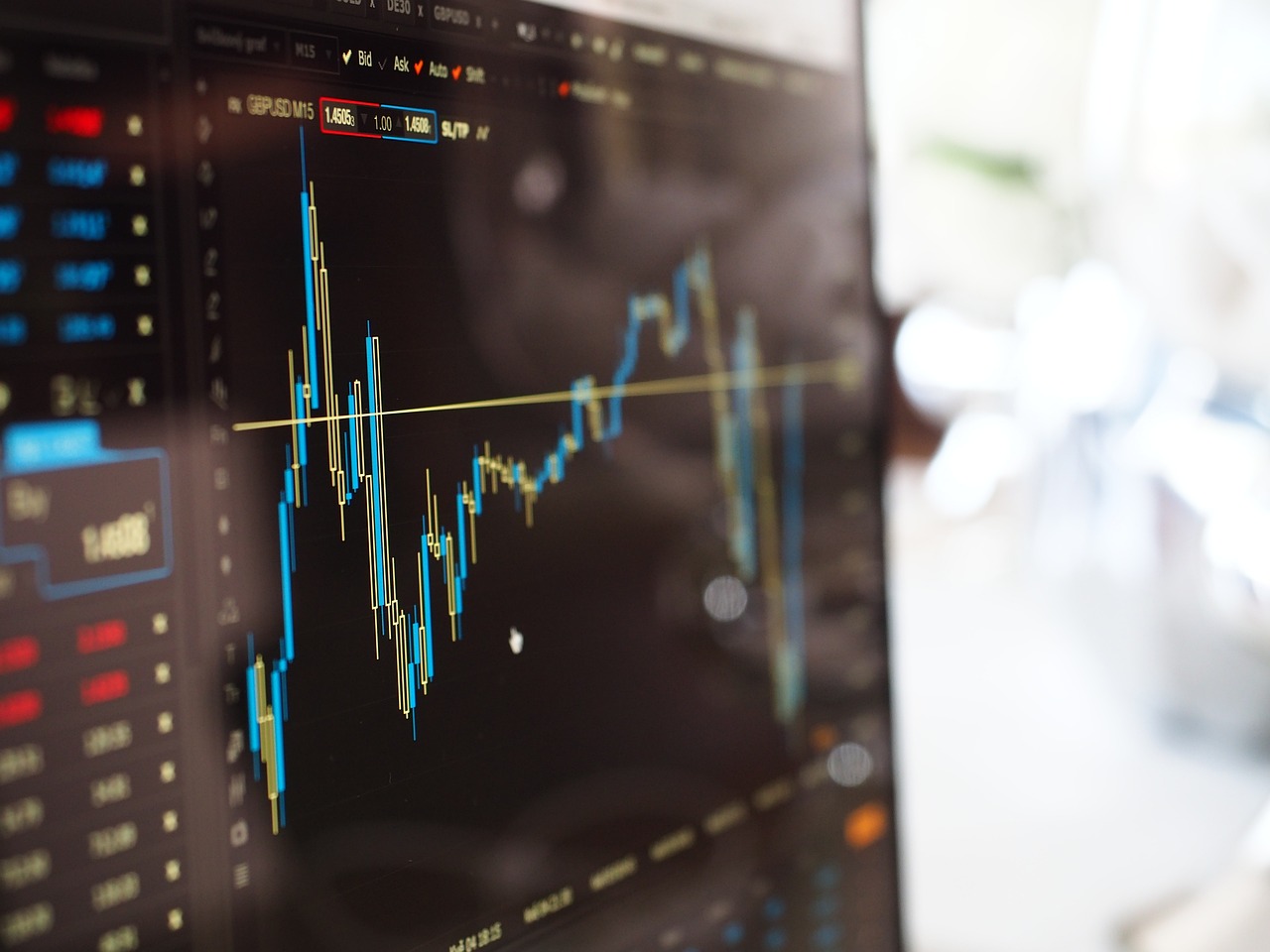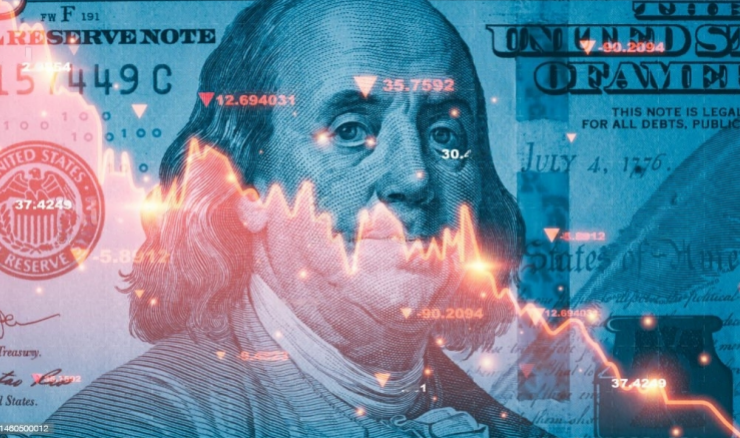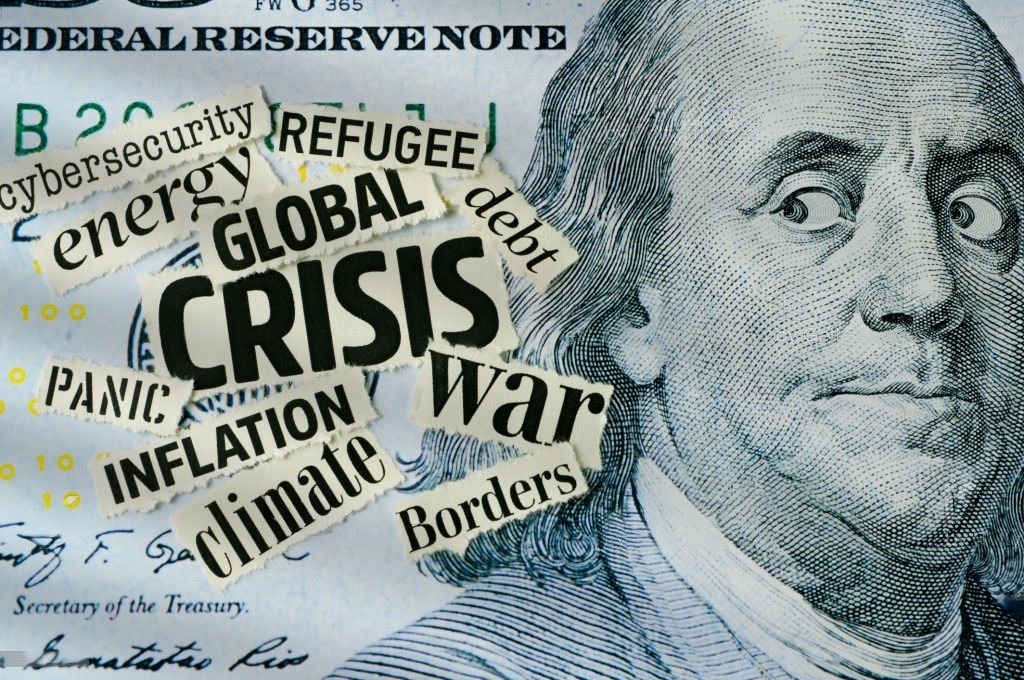
Inflation is an important economic indicator that tracks the rate of general price increases for goods and services, reducing people’s purchasing power. To assess an economy’s health and make wise decisions, policymakers, economists, firms, individuals, and other people affected by it should (as a matter of necessity) have thorough/basic understanding of inflation and how it is calculated. This article aims to define and describe the inflation rate’s methodology.
What is Inflation Rate:
There are many definitions, but the most accepted one describes it as the average change in products and services’ average prices over a given period (usually a year). An inflation index, such as the Consumer Price Index (CPI) or the Producer Price Index (PPI), is frequently used to measure it.
Calculating the Inflation Rate:
Select a Base Year: A base year is selected to compare price changes over time. You are expected to add a year with the most average pricing levels.
Collect Price Data: Obtain information regarding the costs of a typical sample of goods and services. This should contain supplies that families frequently use, such as food, shelter, transportation, healthcare, and education.
Calculate the Index: Calculate the index for each year by dividing the cost of the gathered within that year by the cost in the base year using your collected price information. The index value can be obtained by multiplying the result by 100.
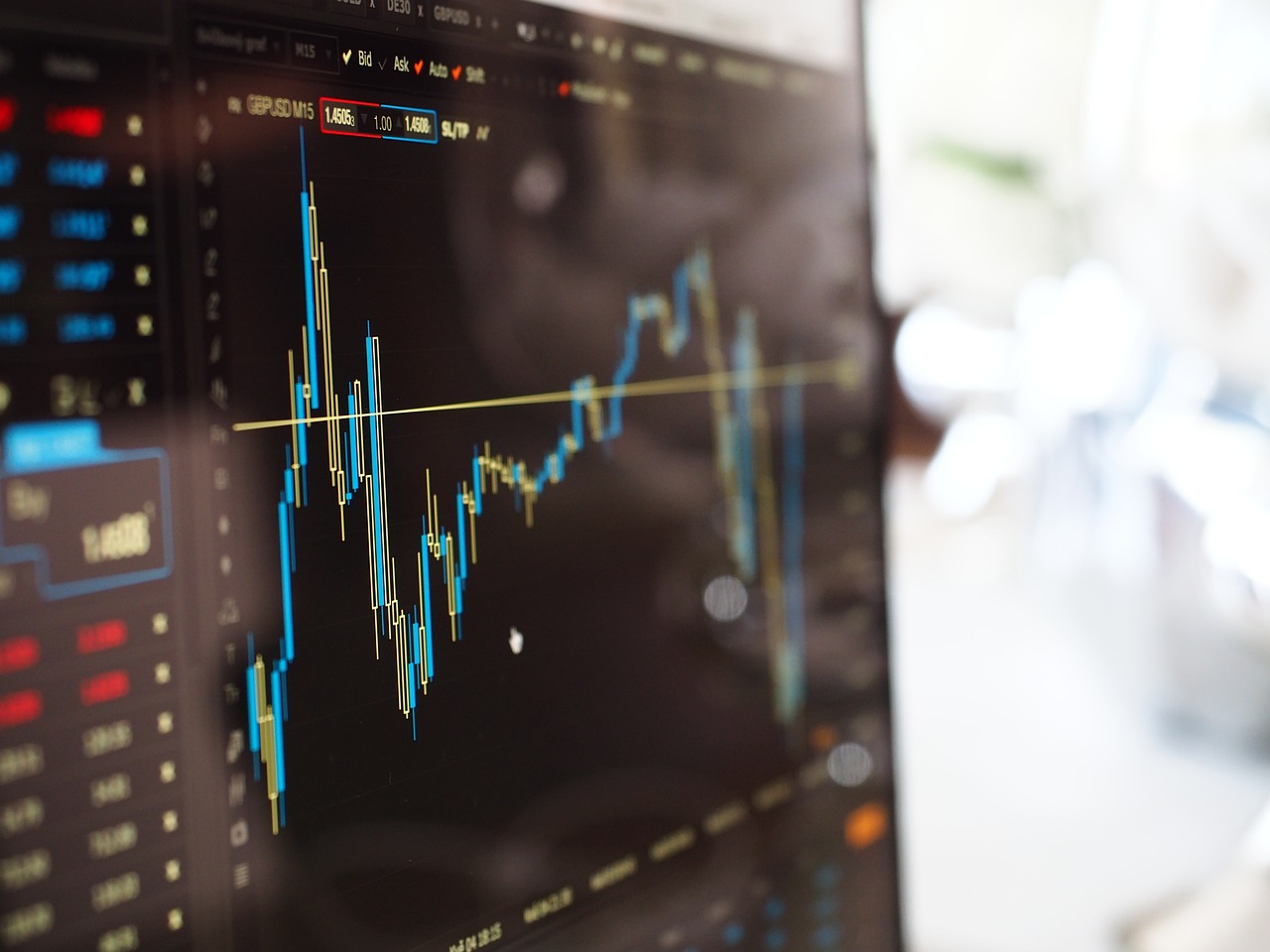
Calculate the Inflation Rate: To calculate the inflation rate, subtract the base year’s index value from the current year’s index value. Divide the result by the index value of the base year and multiply by 100. The formula is stated thus:
[(Current Year Index – Base Year Index) ÷ Base Year Index] × 100.
High and Low Inflation Rates By Countries
Mind you, inflation rates can constantly increase or decrease over time depending on the country’s economic stance or global economic development. So, as of the time of writing, according to data by Trading Economics, China, Russia, and Switzerland tops the countries with the highest inflation rates, with 0.1%, 2.3%, and 2.6%, respectively. While countries like the United States, France, and the United Kingdom are currently experiencing a higher inflation rate of 4.9%, 5.9%, and 10.1%, probably because of their direct involvement in the ongoing war in Ukraine.
Significance of Inflation Rate:
The inflation rate informs policymakers how quickly prices change, enabling them to pursue the best monetary and fiscal policies. It aids organizations in adjusting pricing tactics, pays agreements, and investment choices. Understanding inflation helps people plan their finances, create budgets, and monitor changes in their purchasing power.
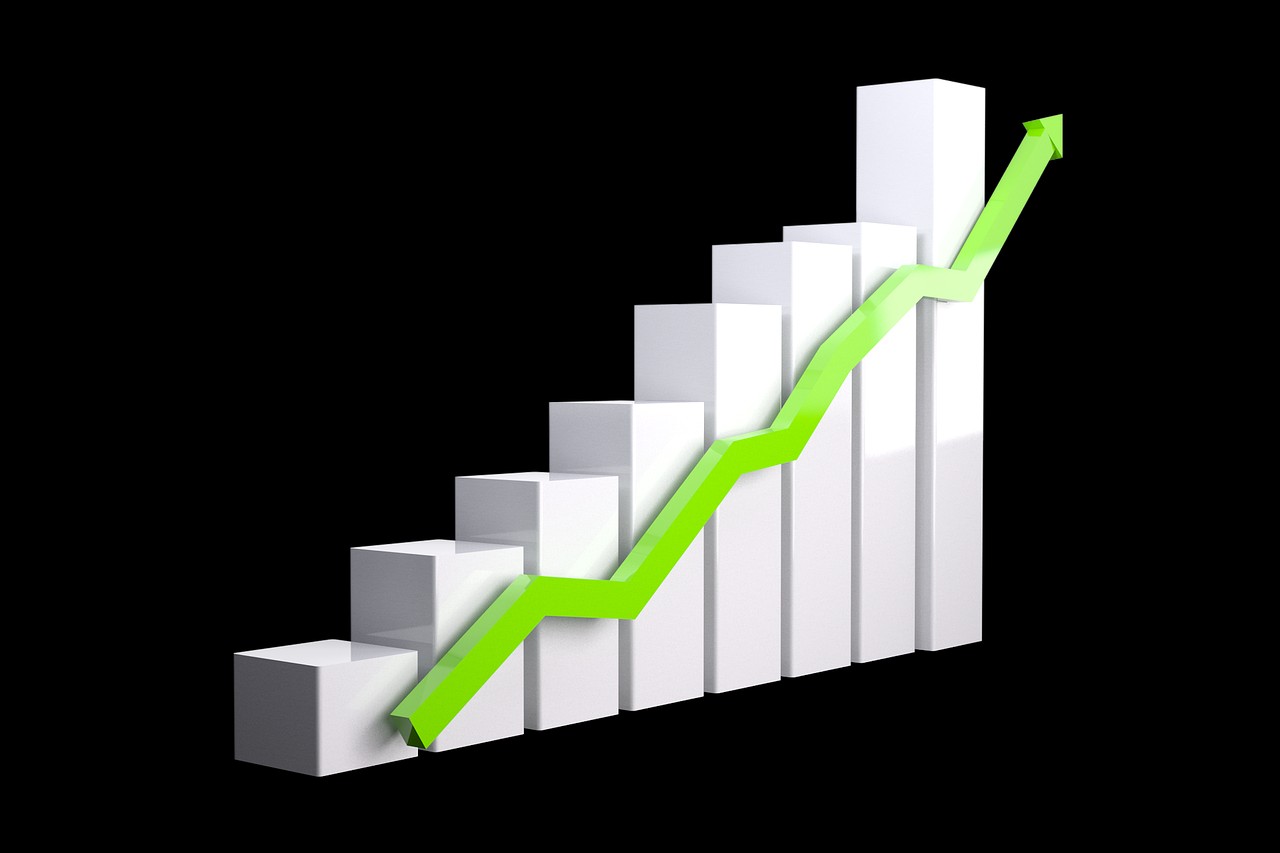
Conclusion
The inflation rate gauges how quickly prices rise within a given economy and is a crucial economic indicator. Economists and decision-makers can assess the effects of inflation on various aspects of the economy by calculating the percentage change in the average price level of goods and services over time. Knowing how to calculate inflation rates helps people to keep track of price changes, make wise financial decisions, and adjust to shifting economic conditions


